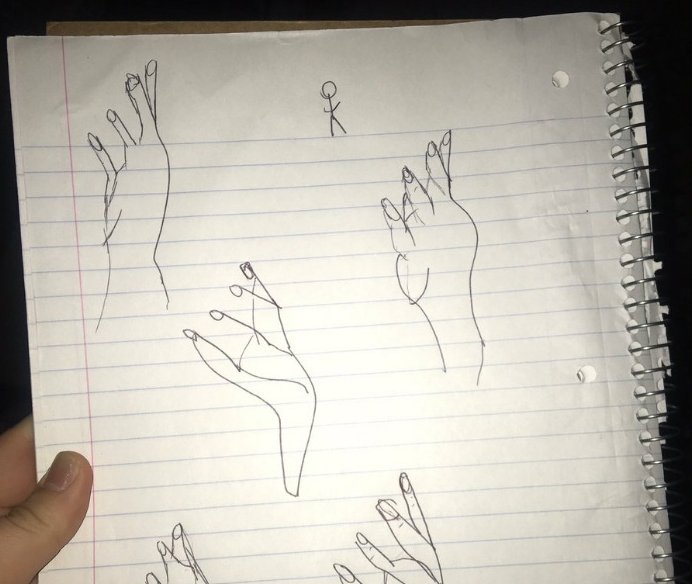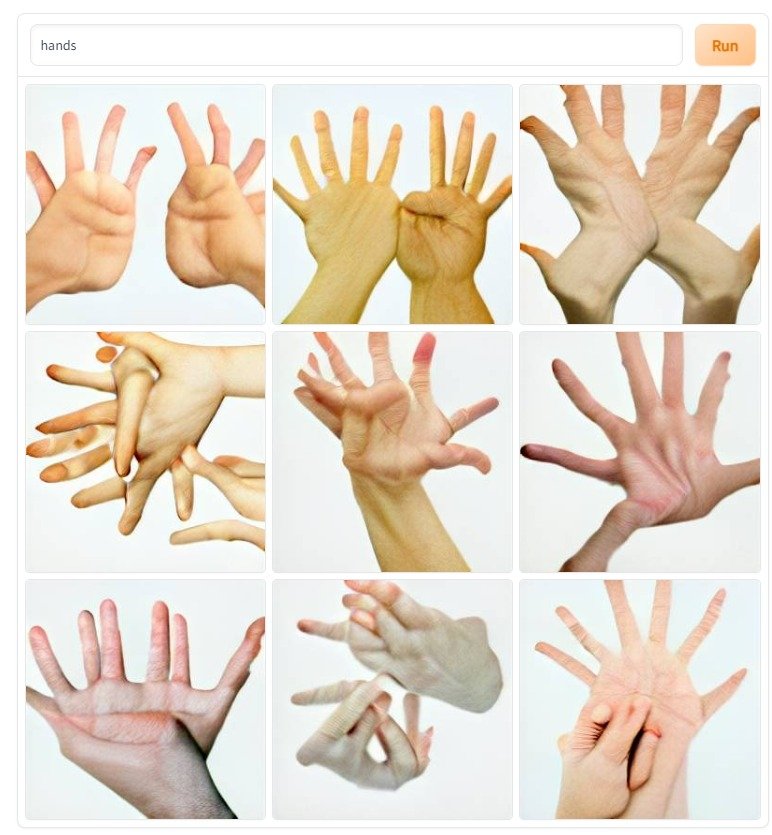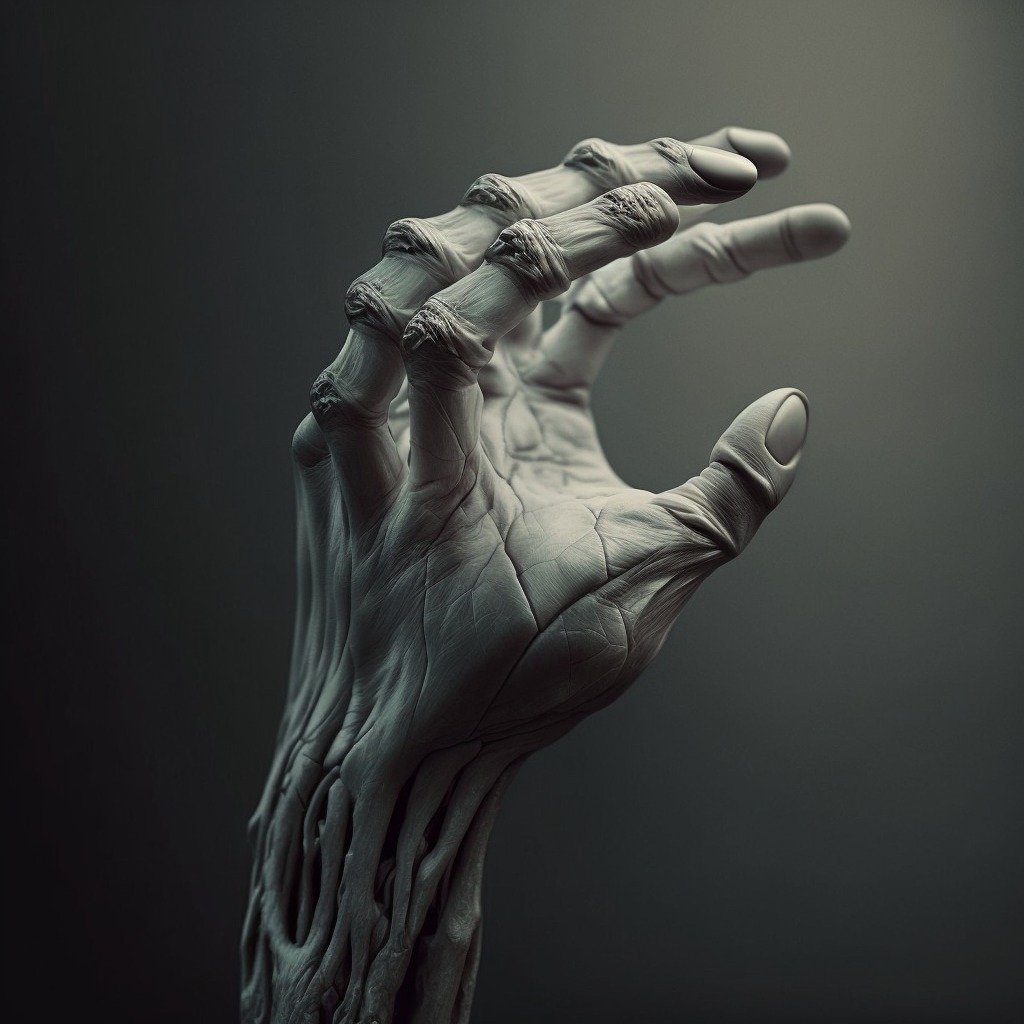
This set of beautiful, realistic photos exposes AI's weakness when drawing photomontages 7
A hundred hearings are not as good as one seeing.
It’s possible that the eyes of the vast majority of us will look in the wrong direction, and not notice anything unusual in the image.
Up to this point, AI systems have not yet learned how to draw human hands completely.
Why can’t AI draw hands?
Even though we have been exposed to Art since elementary school, most of us do not have the talent to draw.
Hands come in a variety of shapes and sizes, not to mention flexible finger movements that can create very complex hand positions.
The number of bones in a hand can also partly explain the difficulty an artist encounters when drawing hands.
Finger length, hand position, skin light and the way the hand joints connect make the hand a difficult object to depict – Photo: Internet.
Furthermore, human perception is another barrier.
Most flesh and blood artists confirm that drawing by hand is very difficult.
Reporter John Walker asked: `Why is AI so bad at rendering human fingers?`
ChatGPT replied:
However, image-generating AI systems can create good-looking and realistic human faces.

Most AI painting software cannot create convincing hand images – Photo: Internet.
Reporter Walker asked further, and ChatGPT replied:
Although most AI systems cannot yet create convincing hands, some specialized hand-drawing software has made advances.
Besides, ChatGPT also mentioned another example, Self-Attention Generative Adversarial Network (SAGAN, roughly translated: Self-Attention Generative Adversarial Network) which is also `used to produce realistic images of hands.`
By accurately recognizing hand shapes and hand gestures, AI systems can become tools to help deaf people communicate, and AI can even quickly translate sign language.
ChatGPT also offers 5 purposes explaining why AI also needs to study human hands:
1. Hand gesture recognition: improving finger rendering can help AI recognize hand gestures more accurately, which will support many applications such as virtual reality, games or robotics research.
2. Medical applications: finger rendering and rendering techniques can be used in surgical simulation systems to improve doctors’ skills.
3. Human-computer interaction: by accurately determining finger positions and hand gestures, AI can design more reasonable interactive interfaces.
4. Security: fingerprint recognition technology is widely used in identifying identities, and fingerprint recognition will improve the accuracy of security technologies.
5. Improved interaction capabilities: finger shaping can help engineers create more effective technology to support people with disabilities, such as prosthetic hands or devices that help them manipulate objects.

The character Wirt in Diablo I was portrayed by AI in the style of 80s cinema. We can see that the character’s hands still… don’t look human – Photo: YouTube.
At this point, AI can create realistic images, although not to the point of blurring the real-virtual boundary, but still very close.
AI can create extremely realistic images, to the point that viewers have to be alert to distinguish between real and fake, and recognize whether it is an artificial product or a machine-made product.
However, to avoid viewers recognizing the work produced by AI, the author can take advantage of tricks ranging from simple to complex.

When learning long enough with a large enough amount of data, AI will develop significantly.
The weakness of AI at the present time is an advantage for us, when viewers can quickly determine whether the author of the work is a human or a machine.
And it is difficult to say what the future will bring, good or bad.






